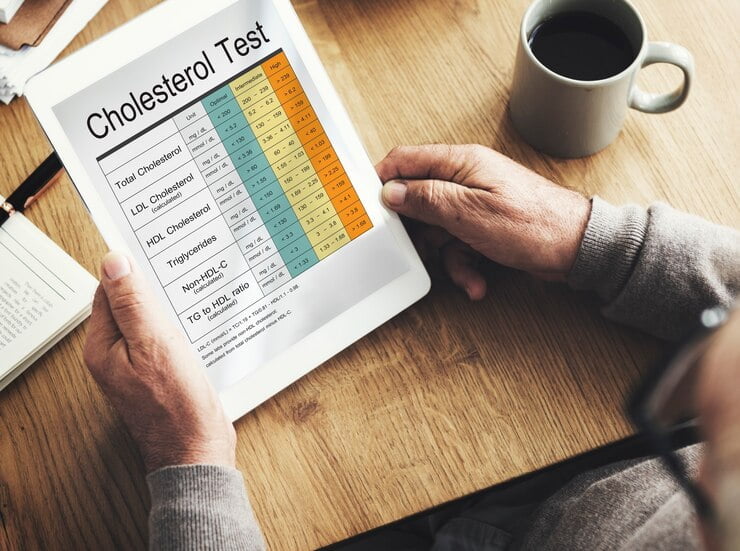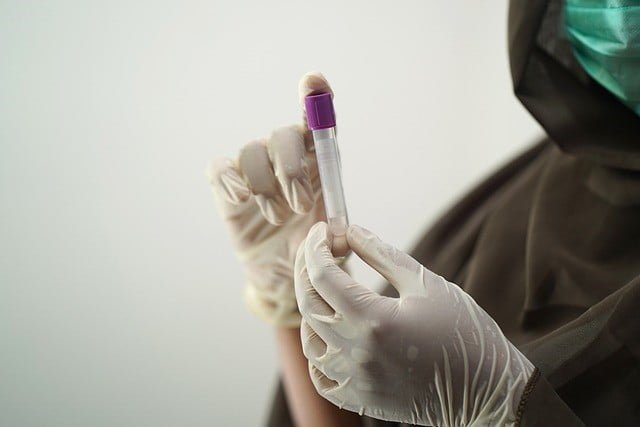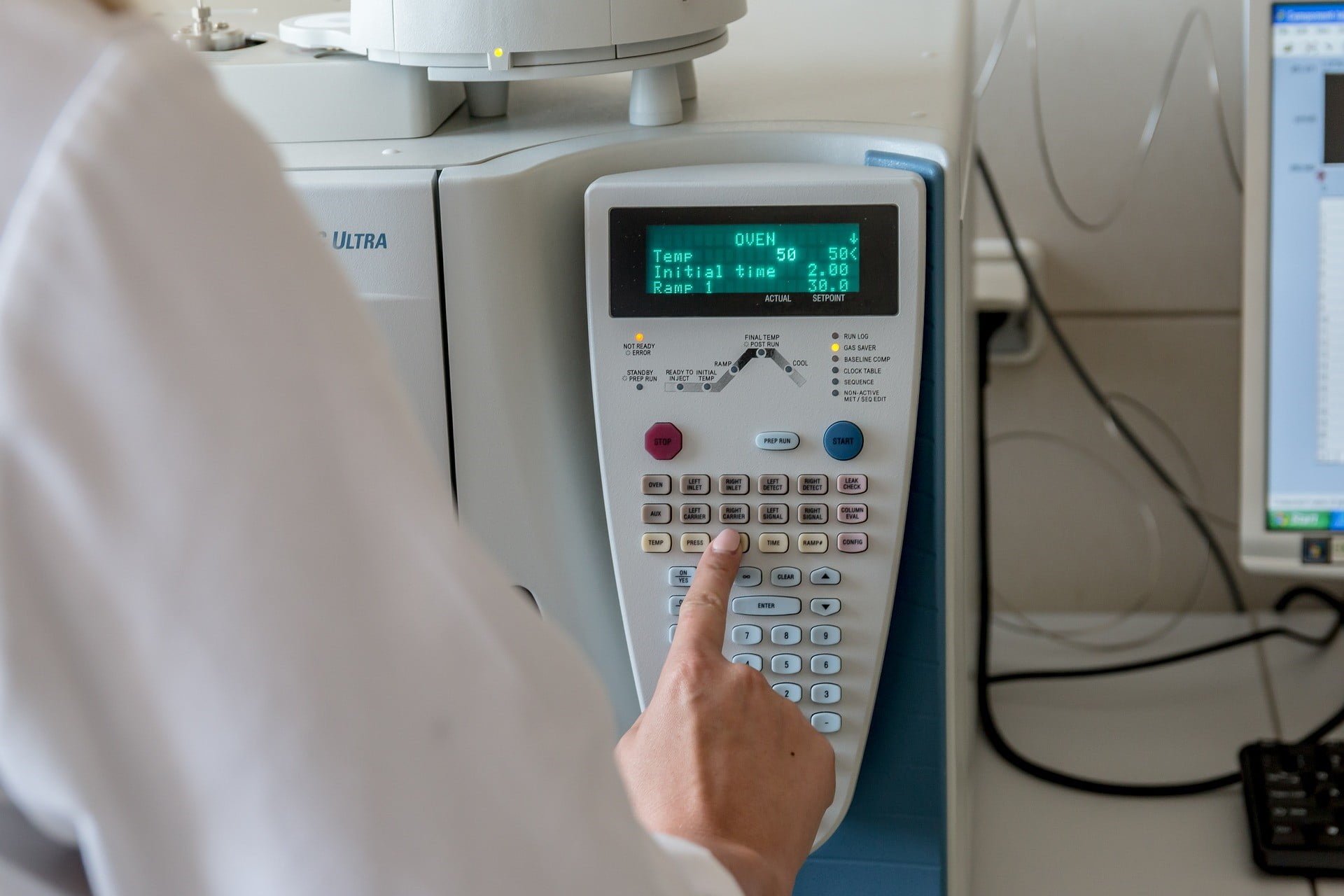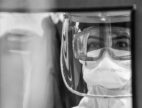High-Tech and Diagnosis of High Cholesterol Levels
by Arnab Dey Health Care Services 01 March 2022

Our body works best when we’re fulfilling its basic needs i.e. eating a healthy diet and living in a healthy environment. One of the most important ingredients of a healthy diet is Cholesterol. Cholesterol is present in our body in the form of bilipid membrane structures and makes up our sex hormones.
Usually, our body’s normal cholesterol levels range somewhere around 200mg/dL. Any changes in the cholesterol levels may lead to disrupting the body’s metabolism and functioning. Therefore, it’s important to keep a close eye on high cholesterol levels.
Diagnostic tests for measuring your body’s cholesterol level consist of simple blood tests whose composition is measured to make sure that your cholesterol levels are not high. With recent high-tech advancements, doctors are now able to use advanced imaging systems that let you view cholesterol present inside your arteries.
Why Do We Need High-tech Cholesterol Diagnosis?
Increased levels of cholesterol in the blood can cause several problems. Fats are good for health but within a very limited amount. Cholesterol is also a fat molecule that is present in two forms inside our body that is LDL and HDL.
High-density lipids (HDL) are good body fats but low-density fats (LDL) are not useful for our body. LDL fats or cholesterol can accumulate fat deposition in arteries leading to embolus/ thrombus formation causing multiple heart diseases.
Usually, the LDL fats are countered by giving medicinal therapy to bring your cholesterol levels back to normal range when high cholesterol is detected. Medicines having atorvastatin calcium generic ingredients are used to lower the production of cholesterol inside the body to avoid heart diseases that may pose a threat to your life.
1. Cholesterol Diagnostic Testing Method
Cholesterol levels are tested by using a blood sample of the patient to calculate the number of lipids and fats present in the blood sample per unit. A standard method of checking cholesterol levels to identify various problems related to the accumulation of fats or liver diseases.
The doctors use a Diagnostic testing method of the blood sample to determine if your heart is at risk of developing any complications due to abnormally higher levels of low-density lipid/ cholesterol in your blood.
Family history and lifestyle play a very important role in regulating cholesterol levels in your blood. The doctors may also ask you about your history of medicines, your disease chances based on your family history, the previous medicines as well as your diet plan and lifestyle choices before prescribing you any medicine for disease treatment.
Related Resource: How to Level Up Your Lifestyle
2. Imaging Technology For Testing High Cholesterol Levels
Blood sample tests for measuring cholesterol levels do not show the difference between normal blood cholesterol for the presence of ‘plaque’. Plaque root cause of developing various heart diseases. Scientists felt the need to use the high technology in building a modified form of Diagnostic system for testing high cholesterol levels.
Imaging technology systems such as the Intravascular ultrasound system, Coronary artery calcium score, Coronary angiogram, and Magnetic resonance imaging (MRI), are then created.
These systems are useful in hospitals to find out complicated conditions caused by high cholesterol levels. Imaging technologies are very useful in identifying cholesterol-related damage on a much better level in patients with high cholesterol.
Multiple imaging tests are used to indicate early signs and symptoms of heart diseases developed by high cholesterol levels. High-Tech imaging technologies help to lower the risk of developing heart diseases caused by plaque development.
The imaging can show the cholesterol build-up inside small arteries so that preventative measures can be used at the early stage to avoid complications.
Read Also:





































































































